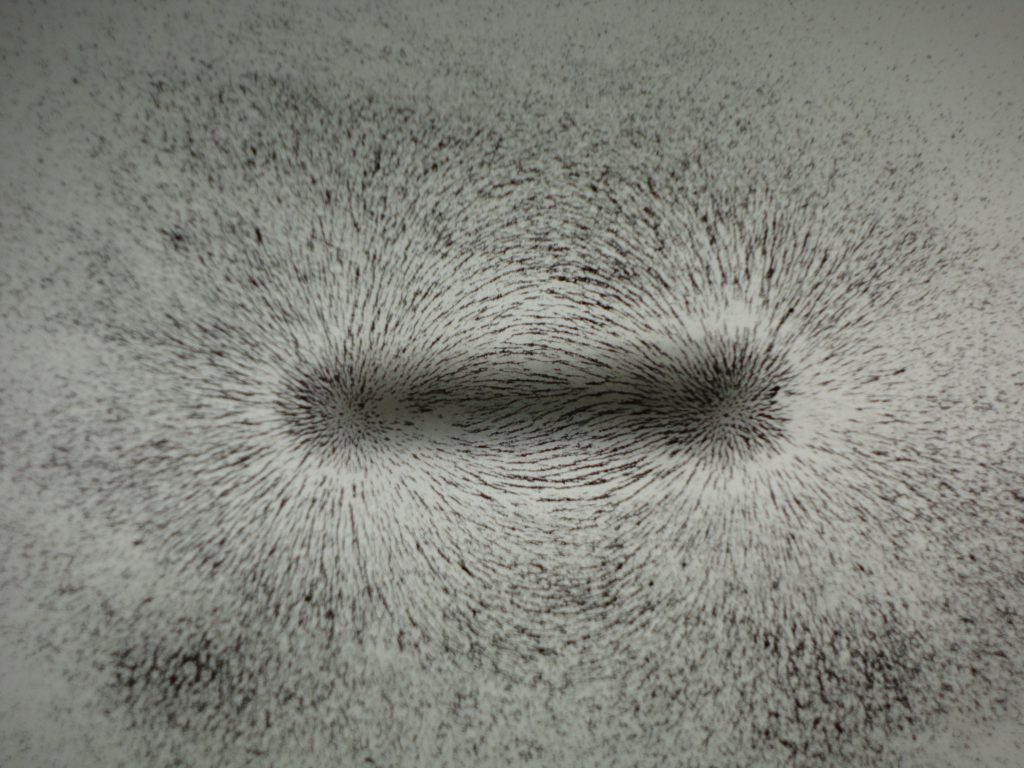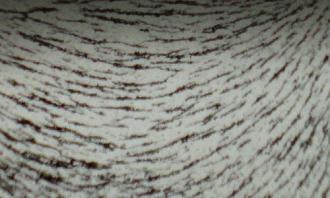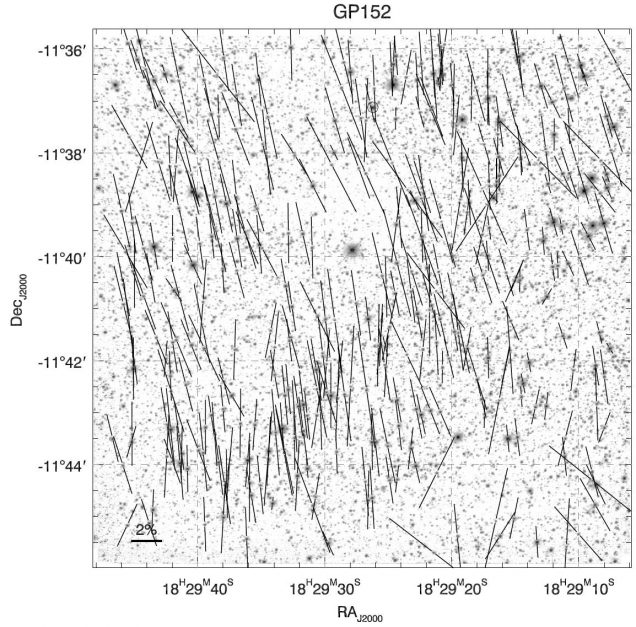Key Science
TBD – rewrite in progress
Plain language summary: The GPIPS project aims to reveal the magnetic field in our Milky Way Galaxy, primarily in the diffuse material located between the stars. The magnetic field could be an important agent in regulating how clouds of this diffuse material collect into denser molecular clouds. The magnetic field could also be important in the processes within these molecular clouds that lead to formation of ‘dense cores’ and new stars within these cores. Surprisingly, very little examination of these magnetic fields has taken place to date, mostly because the required observations are difficult, time-consuming, and require specialized instruments and/or telescopes. Viewing this state of affairs as an opportunity, we designed and developed the ‘Mimir‘ instrument to be able to accurately and efficiently obtain magnetic field information by detecting the weak linear polarization signal starlight acquires as it passes through diffuse and dense interstellar clouds that contain magnetic fields. GPIPS used Mimir on the 1.83 m (72 inch) Perkins telescope outside Flagstaff, AZ to map the magnetic field in the cool interstellar medium across a huge swath of the Milky Way. The GPIPS project has taken about 14 years, using about 50 nights each year on the Perkins telescope, and finished its observing effort in June of 2019. The over one million infrared images obtained by Mimir were calibrated and processed at Boston University and the science-quality data products have returned to the astronomical community as quickly as possible (via this website). The number of measures of the magnetic field, embodied in the infrared linear polarization measurements of starlight, increase the available data in this region of the Milky Way by a multiplicative factor of 100,000 (i.e., a 10,000,000% increase!). In addition to our group’s scientific studies with this marvelous data set, other astronomers will find new and powerful ways to incorporate GPIPS data in their investigations and so multiply the scientific legacy of this effort and its supporting agencies, the NSF (for GPIPS and Mimir), NASA (Mimir), and the W. M. Keck Foundation (Mimir).
Magnetic Fields – Nearby and not-so-nearby
The length of each line represents the degree of polarization of the starlight (compared to the 2% legend in the lower left). The orientation of each line encodes the polarization position angle, as projected onto the plane of the sky. The magnetic field lines run parallel to the polarization lines, so that in this field, the magnetic field seems to be running mostly parallel and mostly along a North-South direction, though with a bit of tilt to the East at the top. The tiny interstellar dust grains that help the magnetic field produce the infrared polarizations that Mimir sees have a role very similar to that of the iron filings in the images above, of helping reveal and delineate the otherwise hidden magnetic field that is present. The dust grains are about a factor of 1,000 times smaller than the iron filings and the magnetic field sensed in this sky field is almost one billion times weaker than that of the magnet in the images above. Nevertheless, operating over huge volumes of space and interacting with gas clouds posessing thousands of times the mass of our Sun, the weak interstellar field may be an important agent in our Milky Way Galaxy.
The Galactic magnetic field has barely been characterized and the importance of the field in most aspects of Galaxy structure, cloud formation, and star formation is largely unknown.
The Galactic Plane Infrared Polarization Survey (GPIPS) represents a huge increase in the data available for probing the Milky Way’s magnetic field.
The inner Galactic midplane region offers a wealth of correlative data including superb molecular spectroscopic mapping (from the 13CO Galactic Ring Survey, see link below), Spitzer Space Telescope mid-infrared imaging (from the GLIMPSE project) as well as 2MASS point source catalog and images.
The new magnetic field insight GPIPS will uncover will be used to test models across many size scales to gauge the role of the magnetic field in a wide range of ISM environments in the Galaxy.
Project Summary
The interstellar medium (ISM) of the Galaxy is filled with atomic and molecular clouds arranged into enormous loops, shells, and bubbles and is threaded by magnetic fields. Yet to date, optical and infrared probes of the fields in the Northern inner disk midplane have detected only 6 linear polarizations. GPIPS will expand this by almost five orders of magnitude to about one million stellar polarizations, probing the field to, and beyond, the nearest spiral arm.
GPIPS obtained H-band (1.6 microns wavelength) linear polarimetry for 76 sq degrees in the L=18-56°, B= ± 1° region, to H=12th mag or deeper.
GPIPS data products include catalogs of stellar polarizations, deep photometric catalogs (to H ~ 16th), deep coadded images, polarization overlays for the images, and plots (PDF and Postscript forms) showing the polarizations on the field images.
GPIPS data products are bing used by our group to answer key questions about magnetic fields as they pertain to large-scale fields, for example in and outside spiral arms, to the medium-scale fields associated with nearby atomic and molecular clouds, and to small-scale fields in regions with active star formation.
All GPIPS DR4 data products are available (e.g., are non-proprietary) to the astronomical community and to the public from this dedicated website. See the Data Release 4 (DR4) web page to download data products in bulk.
Project Tools and Approach
GPIPS used the 1.8m Perkins telescope located on Anderson Mesa outside Flagstaff, Arizona, operated in a 50:50 partnership between Boston University and Lowell Observatory.
The instrument used was Mimir, a multi-function wide-field imager, spectrometer, and polarimeter. Mimir was developed at Boston University and Lowell observatory with support from NSF, NASA, and the W.M. Keck Foundation. It offered a large, 10×10 arcmin field of view onto an ALADDIN III InSb Array of 1024×1024 pixels at a plate scale of 0.58 arcsec per pixel.
 |
|
|
Polarimetry was performed using a cold, rotating compound half-wave plate for the H-band feeding a fixed wire grid polarization analyzer ahead of the detector. Mimir’s polarimetry mode was accurately calibrated to levels below 0.1%.









